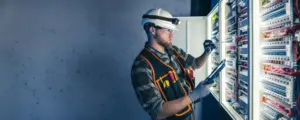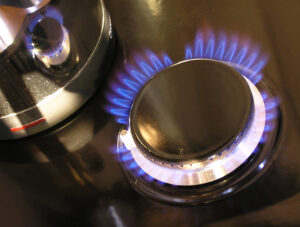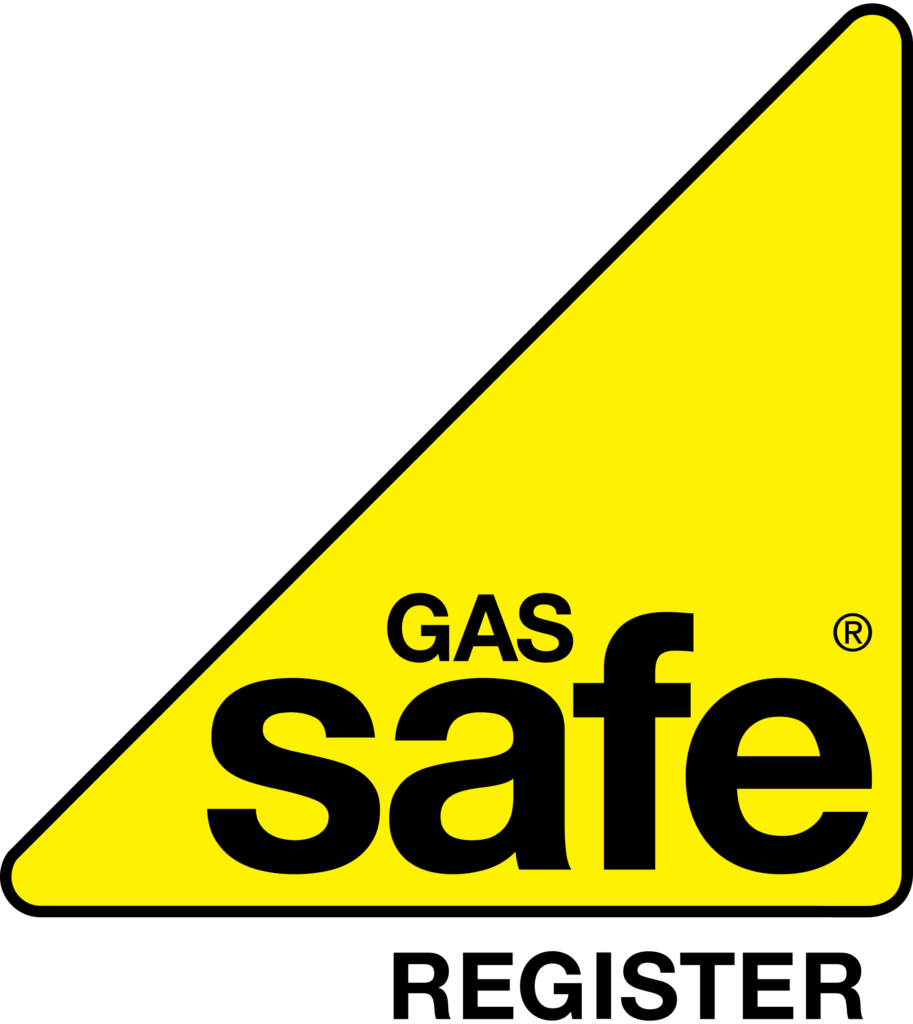Emergency lighting is an important part of the building because they are an important part of building safety. It is the lighting that automatically switches on when the usual power supply fails. It helps people in getting to safety in case of an emergency and ensures that they do not keep tumbling inside the building as they are unable to see anything and are engulfed by darkness. The emergency lighting is divided into two main subcategories that are standby lighting and emergency escape lighting. The standby lighting allows people to continue their activities despite power failure while emergency escape lighting ensures people get out of the building safely in case of an emergency. You should also get an emergency lighting test certificate to make sure that your lighting fulfills the standard safety requirements.
Here are a few maintenance tips that will allow you to maintain the emergency lighting efficiently working.
Table of Contents
ToggleThe Daily Inspection:
It is important that you inspect and maintain the emergency lighting on daily basis to ensure that they are working properly. During the daily inspections, you need to check that all the lamps in the maintained system are lit. Check the main control of the central battery system to see whether it indicates normal operation or not. If there is any fault found then you need to take note of it and get it fixed without any delay.
Monthly Inspections:
There are two tests that should be carried out during the monthly inspections to ensure efficient working of the emergency lighting.
The first test is for self-contained luminaires in which you need to check that each self-contained luminaire and the illuminated sign is energized from its battery by the simulation of failure of mains for a sufficient period to make sure that all the lamps are illuminated. The simulation failure should not be longer than one-quarter of the rated duration of the sign or luminaire. During the simulation period, all the signs and luminaire should be visually inspected to see if they are properly functioning or not.
The second test is for central battery systems where a power supply is cut for a sufficient period to see if all lamps are illuminated. Keep the period of simulation under one-quarter of the rated duration of battery. Visually inspect all lamps and signs and then restore the normal lighting. Check if the battering is properly recharging or not as well.
Six-Month Inspections:
Every six months carry out the monthly tests but with the addition of two more tests.
For self-contained luminaire and central battery system, the system should be energized for an hour from its battery then stop the supply of normal power and duration of simulation failure should be fifteen minutes if the luminaire is rated to have one-hour duration.
Inspection after Three Years:
In a three-yearly inspection, you need to carry out the monthly tests but the self-contained luminaire or illuminated signs and the central battery systems should be tested for their full duration. Restore the normal supply at the end of the test and check if the indicator lamp shows restoration of normal supply or not.






